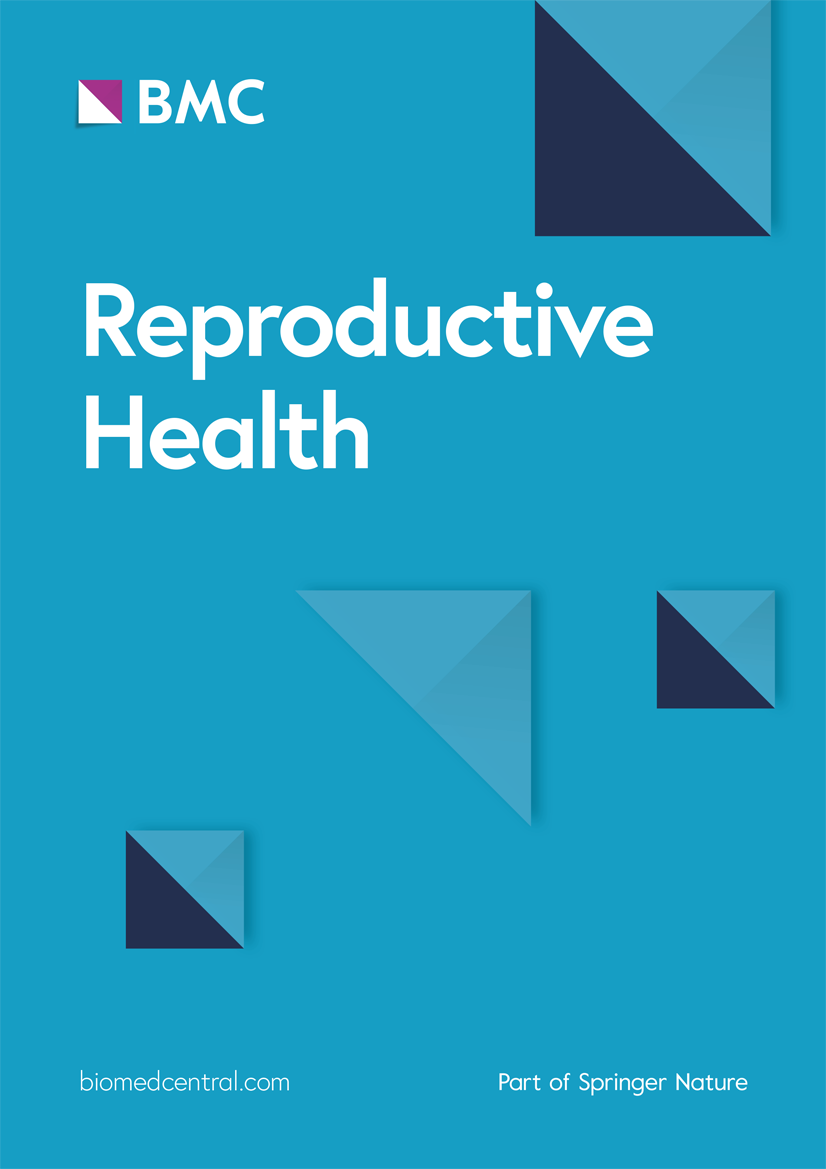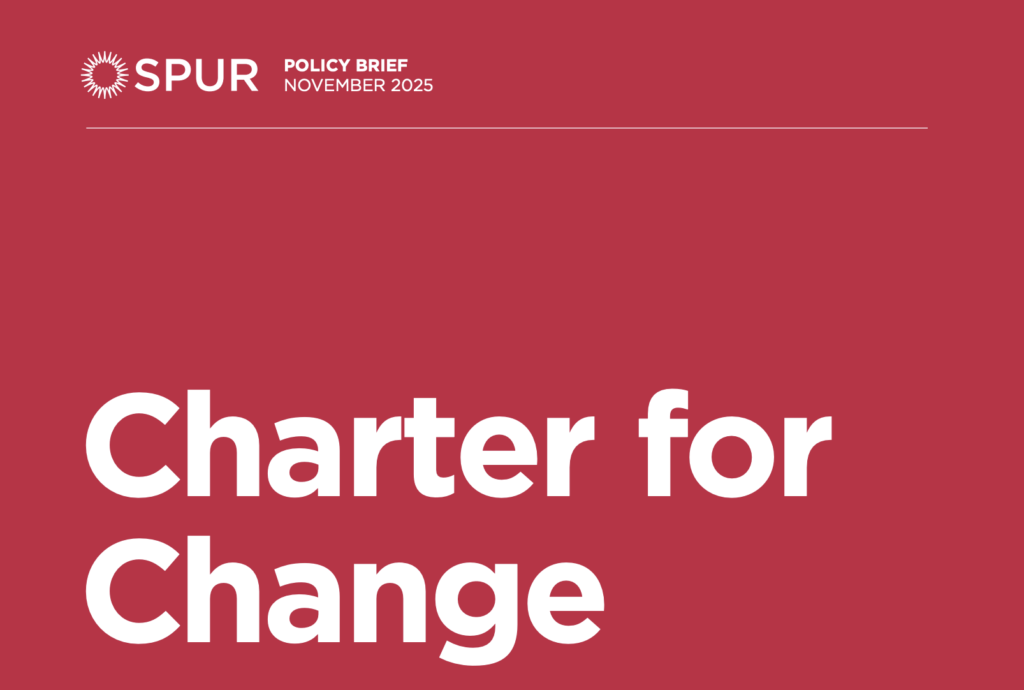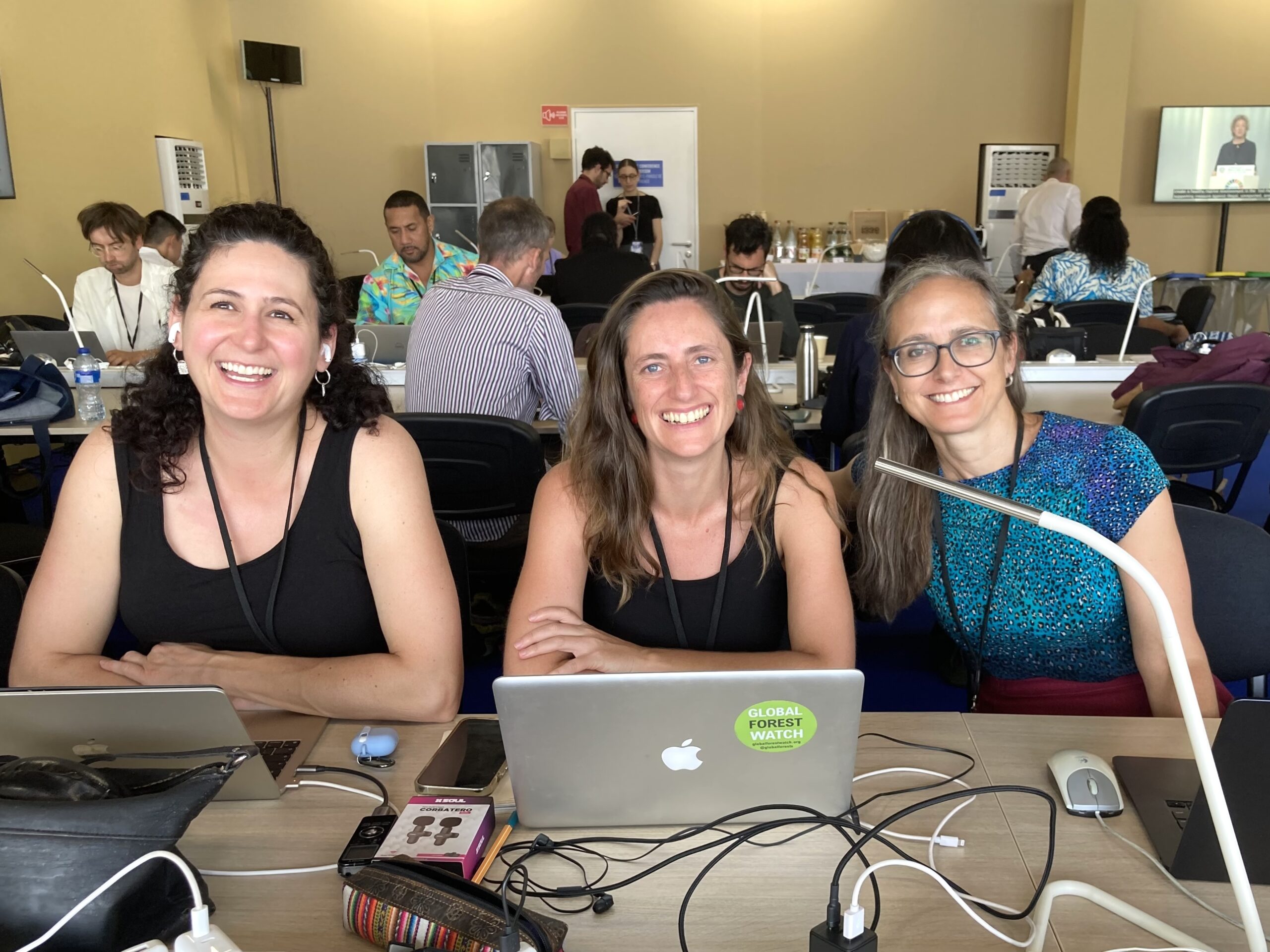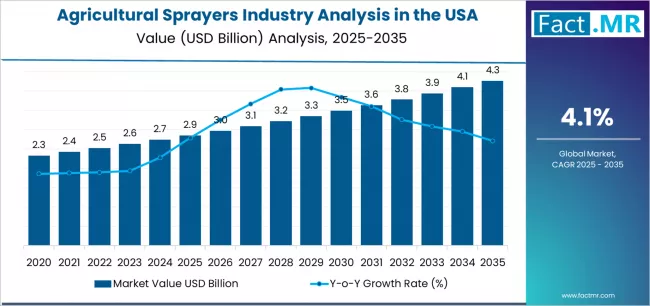Editorial | Success stories from Hong Kong’s ethnic minority groups an encouraging sign – South China Morning Post

Report on the Socio-Economic Status of Ethnic Minorities in Hong Kong and Alignment with Sustainable Development Goals
Executive Summary
This report analyzes the socio-economic conditions of ethnic minority communities in Hong Kong, focusing on progress and persistent challenges in relation to the United Nations Sustainable Development Goals (SDGs). While individual achievements highlight potential, systemic disparities in income and education underscore the urgent need for sustainable policy interventions to advance SDG 10 (Reduced Inequalities), SDG 4 (Quality Education), and SDG 8 (Decent Work and Economic Growth).
Analysis of Progress Towards Sustainable Development Goals
SDG 10: Reduced Inequalities
The primary challenge facing ethnic minorities in Hong Kong is the reduction of systemic inequalities. Despite progress, significant disparities persist, hindering the full achievement of SDG 10.
- Persistent Barriers: Many individuals within ethnic minority communities continue to face stereotypes and structural barriers that limit opportunities.
- Income Disparities: There are notable income gaps both between the general population and ethnic minorities, and within different ethnic minority groups.
- The median monthly income for South Asians was HK$20,000 in 2021, slightly above the city-wide median of HK$19,500.
- However, specific communities earned significantly less: Pakistanis (HK$15,000), Nepalis (HK$17,000), Indonesians (HK$13,000), and Thais (HK$13,500).
- Policy Requirement: Achieving SDG 10 necessitates more robust and sustainable policy support from government, in partnership with businesses and non-governmental organizations (NGOs), as highlighted by SDG 17 (Partnerships for the Goals).
SDG 4: Quality Education & SDG 8: Decent Work and Economic Growth
Positive trends in education and income indicate progress towards SDG 4 and SDG 8, although these gains are not uniformly distributed.
Educational Attainment (SDG 4)
- Improved School Attendance: The school attendance rate for ethnic minorities aged 18-24 increased from 38.4% in 2011 to 50% in 2021, approaching the city-wide rate of 55%.
- Higher Education: In 2021, 39.2% of the South Asian population had attained post-secondary education, surpassing the overall population’s rate of 34.6%.
Economic Participation (SDG 8)
- Income Growth: The median monthly income for South Asians saw a one-third increase from HK$15,000 in 2016 to HK$20,000 in 2021.
- Challenges: The lower median incomes for Pakistani, Nepali, Indonesian, and Thai communities indicate that equitable access to decent work remains a significant challenge, linking directly to SDG 1 (No Poverty).
Case Studies in Innovation and Empowerment
Individual success stories serve as powerful examples of progress towards multiple SDGs, including SDG 5 (Gender Equality) and SDG 9 (Industry, Innovation, and Infrastructure).
- Lamia Sreya Rahman: A Hong Kong-born Bangladeshi entrepreneur whose work directly contributes to several SDGs.
- SDG 9 (Industry, Innovation, and Infrastructure): Co-founded an AI start-up and developed an award-winning wearable device for the visually impaired.
- SDG 5 (Gender Equality): Her recognition on the Forbes 30 Under 30 Asia 2025 list for Social Impact showcases female leadership in technology and social enterprise.
- Smriti Kedia: An 18-year-old of Indian origin who excelled in the city’s university entrance examinations.
- SDG 4 (Quality Education): Her near-perfect scores demonstrate high academic achievement and access to quality education.
- SDG 5 (Gender Equality): She stands as a role model for young women in the community, embodying female educational empowerment.
Analysis of SDGs, Targets, and Indicators
-
Which SDGs are addressed or connected to the issues highlighted in the article?
The article discusses issues related to poverty, education, economic growth, innovation, and inequality, which are directly connected to several Sustainable Development Goals (SDGs). The following SDGs are addressed:
- SDG 1: No Poverty – The article mentions that the ethnic minority community is “often associated with poverty” and discusses the income levels of different groups.
- SDG 4: Quality Education – There is a significant focus on the educational achievements and challenges of ethnic minorities, including university entrance exam scores and school attendance rates.
- SDG 8: Decent Work and Economic Growth – The article provides detailed data on the median monthly income of various ethnic minority groups, comparing their economic progress and disparities.
- SDG 9: Industry, Innovation, and Infrastructure – The success story of Lamia Sreya Rahman, who co-founded an AI start-up and created an innovative device, highlights this goal.
- SDG 10: Reduced Inequalities – The central theme of the article is the struggle of ethnic minorities to overcome stereotypes and barriers, advocating for policy support to reduce social and economic disparities.
-
What specific targets under those SDGs can be identified based on the article’s content?
Based on the specific issues discussed, the following targets can be identified:
-
SDG 1: No Poverty
- Target 1.2: By 2030, reduce at least by half the proportion of men, women and children of all ages living in poverty in all its dimensions according to national definitions. This is relevant as the article discusses the association of ethnic minorities with poverty and highlights the low median incomes of groups like Pakistanis, Nepalis, Indonesians, and Thais, which points to a higher risk of poverty.
-
SDG 4: Quality Education
- Target 4.3: By 2030, ensure equal access for all women and men to affordable and quality technical, vocational and tertiary education, including university. The article directly addresses this by citing the rising school attendance rate for ethnic minorities aged 18-24 and the percentage who have attained post-secondary education.
- Target 4.5: By 2030, eliminate gender disparities in education and ensure equal access to all levels of education and vocational training for the vulnerable. The focus on ethnic minorities as a group facing barriers and the celebration of individual academic success (Smriti Kedia) directly relate to ensuring equal access for vulnerable groups.
-
SDG 8: Decent Work and Economic Growth
- Target 8.5: By 2030, achieve full and productive employment and decent work for all women and men… and equal pay for work of equal value. The article’s detailed breakdown of median monthly incomes for South Asians, Pakistanis, Nepalis, and others compared to the city’s overall median income directly relates to measuring progress toward decent work and economic parity.
-
SDG 9: Industry, Innovation, and Infrastructure
- Target 9.5: Enhance scientific research, upgrade the technological capabilities of industrial sectors… encouraging innovation. The example of Lamia Sreya Rahman co-founding an AI start-up and producing an “award-winning wearable device for the visually impaired” is a direct illustration of this target in action.
-
SDG 10: Reduced Inequalities
- Target 10.2: By 2030, empower and promote the social, economic and political inclusion of all, irrespective of… ethnicity, origin… or other status. The entire article is framed around this target, discussing the challenges ethnic minorities face and the need for “more sustainable policy support to enhance opportunities for the community.”
- Target 10.3: Ensure equal opportunity and reduce inequalities of outcome. The article supports this by presenting data on disparities in income and education and calling for policy changes to overcome barriers and stereotypes.
-
-
Are there any indicators mentioned or implied in the article that can be used to measure progress towards the identified targets?
Yes, the article provides several specific quantitative and qualitative indicators that can be used to measure progress:
-
Indicators for Education (SDG 4)
- School attendance rate for those aged 18 to 24: The article states this rate for ethnic minorities rose from 38.4% in 2011 to 50% in 2021. This is a direct indicator for Target 4.3.
- Proportion of the population with post-secondary education: The article mentions that “39.2 per cent [of South Asians] attained post-secondary education in 2021,” which is an indicator for Target 4.3.
-
Indicators for Economic Growth and Inequality (SDG 8 & SDG 10)
- Median monthly income: The article provides specific figures, such as the rise for South Asians from HK$15,000 to HK$20,000, and compares the incomes of Pakistanis (HK$15,000), Nepalis (HK$17,000), and others against the city-wide median (HK$19,500). This serves as a key indicator for Target 8.5 and Target 10.2.
-
Indicators for Poverty (SDG 1)
- Proportion of population below a certain income level: While not a formal poverty line, the low median incomes for specific groups (e.g., HK$13,000 for Indonesians) are an implied indicator of the proportion of people living in or near poverty, relevant to Target 1.2.
-
Indicators for Innovation (SDG 9)
- Number of technology start-ups founded by minority groups: The mention of Lamia Sreya Rahman co-founding an “AI start-up” is a qualitative indicator.
- Development of socially impactful technologies: The creation of an “award-winning wearable device for the visually impaired” is a specific example that serves as an indicator for Target 9.5.
-
-
Table of SDGs, Targets, and Indicators
SDGs Targets Indicators Identified in the Article SDG 1: No Poverty 1.2: Reduce poverty in all its dimensions. Low median monthly incomes for specific ethnic groups (e.g., HK$13,000 for Indonesians, HK$15,000 for Pakistanis), implying a higher proportion living in poverty. SDG 4: Quality Education 4.3: Ensure equal access to tertiary education.
4.5: Ensure equal access to all levels of education for the vulnerable.– School attendance rate for ethnic minorities aged 18-24 (rose from 38.4% to 50%).
– Percentage of South Asians with post-secondary education (39.2%).
– Individual high achievement in university entrance exams (Smriti Kedia’s scores).SDG 8: Decent Work and Economic Growth 8.5: Achieve full and productive employment and decent work for all. – Median monthly income of South Asians (rose from HK$15,000 to HK$20,000).
– Comparison of median incomes across different ethnic groups and with the city’s overall median.SDG 9: Industry, Innovation, and Infrastructure 9.5: Enhance scientific research and encourage innovation. – Co-founding of an AI start-up by a member of an ethnic minority.
– Production of an “award-winning wearable device for the visually impaired.”SDG 10: Reduced Inequalities 10.2: Promote social and economic inclusion of all.
10.3: Ensure equal opportunity and reduce inequalities of outcome.– Disparities in median monthly income between ethnic minority groups and the general population.
– Disparities in school attendance rates between ethnic minorities and the general population.
– The call for “more sustainable policy support” to overcome barriers.
Source: scmp.com

What is Your Reaction?
 Like
0
Like
0
 Dislike
0
Dislike
0
 Love
0
Love
0
 Funny
0
Funny
0
 Angry
0
Angry
0
 Sad
0
Sad
0
 Wow
0
Wow
0




























.jpg?#)















































